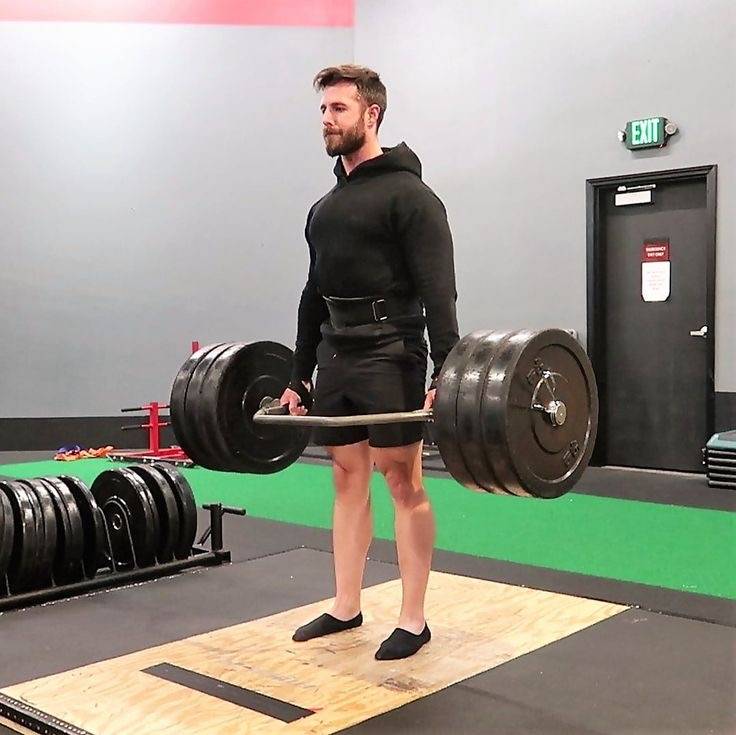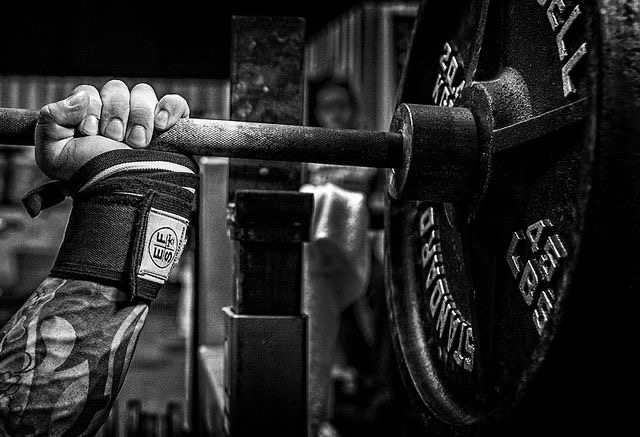What Are the Differences in All Hex Bar Variations?

Hex bar variations, also known as trap bars, come in different designs and configurations, each serving specific purposes in strength training and athletic performance. This article explores various hex bar variations, their unique features, and how they can benefit different fitness goals and training needs.
Understanding Hex Bar Variations
Hex bars are designed with different handles, shapes, and configurations to accommodate various lifting preferences and biomechanical advantages. Here are some common hex bar variations:
1. Standard Hex Bar

Design: The standard hex bar has a hexagon-shaped frame with handles located at the sides. It allows for a neutral grip (palms facing each other) and is commonly used for deadlifts, shrugs, and farmers’ walks.
Purpose: The standard hex bar is versatile and suitable for general strength training, focusing on lower body exercises like deadlifts and squats. It provides a balanced engagement of muscles with reduced stress on the lower back compared to traditional barbells.
2. Open-Back Hex Bar

Design: The open-back hex bar features an open frame design, allowing for easier entry and exit. It may have adjustable handles or additional grip positions.
Purpose: This variation is ideal for rehabilitation settings or individuals with mobility issues, as it provides easier access and reduces the risk of tripping or stumbling during lifts. It can be used for a wide range of exercises, including deadlifts, rows, and overhead presses.
3. Multi-Grip Hex Bar

Design: The multi-grip hex bar includes multiple handle positions, such as parallel, angled, or rotating grips. This design offers versatility in grip options to target different muscle groups.
Purpose: Athletes and lifters can use the multi-grip hex bar to vary their grip width and angle, allowing for greater customization in exercise execution. It enhances muscle activation and can be beneficial for sports-specific training or rehabilitation protocols.
4. High-Handle Hex Bar

Design: The high-handle hex bar features elevated handles that raise the lifter’s starting position, reducing the range of motion required for lifts.
Purpose: This variation is suitable for beginners or individuals with limited mobility, as it reduces the depth of the squat or deadlift. It can also be used for overload training or to target specific muscle groups with less stress on the joints.
Also check my Comparison between Traditional barbell and Hex barbell.
Benefits of Hex Bar Variations
The science behind hex bar training underscores its value as a versatile and effective tool for strength and muscle development.
- Improved Ergonomics: Hex bars are designed to provide a more natural lifting position, reducing strain on the lower back and improving lifting mechanics.
- Versatility: Different hex bar variations cater to various fitness goals, from general strength training to rehabilitation and sports performance.
- Safety: Hex bars offer enhanced safety features, such as neutral grip handles and reduced joint stress, making them suitable for individuals with mobility issues or injury concerns.
Practical Applications
Strength Training: Incorporate hex bar variations into your strength training routine to target specific muscle groups or vary your exercise selection.
Rehabilitation: Use open-back or high-handle hex bars in rehabilitation settings to safely improve strength and mobility after injury or surgery.
Athletic Performance: Athletes can benefit from multi-grip hex bars to enhance grip strength, muscle activation, and performance in sports-specific movements.
Conclusion
Hex bar variations provide diverse options for lifters and athletes seeking effective and safe strength training solutions. Whether you’re looking to build muscle, improve mobility, or enhance athletic performance, there’s a hex bar variation to suit your needs. Incorporate these variations into your workout routine based on your goals and preferences to achieve optimal results.
For more information on hex bar variations and their benefits, check out these related articles:
Feel free to drop a comment if you have any questions or need further advice on incorporating hex bar variations into your fitness regimen.





